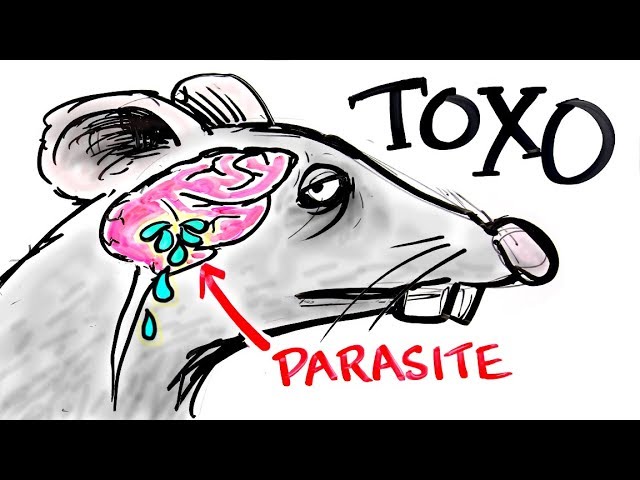
This video was made in collaboration with my good friend, Dan, who has spent the last year creating a documentary about the affects of Toxoplasma parasites on the Hawaiian ecosystem. Go check out the trailer for the doc here https://www.youtube.com/watch?v=ou6HSQjaUj0&feature=youtu.be
Check out the After Skool graphic novel at https://www.afterskool.net/
Please support us on Patreon https://www.patreon.com/AfterSkool
Toxoplasma gondii is a protozoan parasite and as a parasite, its goal is to reproduce and affect more and more hosts. The only place in the entire world that toxoplasma can find a mate and sexually reproduce is in the gut of a felide….like a tiger, a lion,….or more commonly, a cat. Inside the cat’s gut, the organism can recombine with other toxoplasma genes, sexually reproduce and create eggs, called oocysts. When a cat is infected, it sheds these eggs into the environment through its feces.
The eggs are highly durable and can sit in the environment for months or even years. Since the parasite can only reproduce in the gut of a cat, it’s evolutionary challenge is how to get back inside a cat. How does toxoplasma do this? It is very, very creative.
These toxoplasma eggs are everywhere, On the ground, in the water, basically around areas where there are cats. Cat prey, such as rodents, then root around through the soil or drink water that is contaminated with the parasite eggs. Once ingested, the parasite migrates throughout the rodent’s body, particularly the brain.
And this is where it gets even crazier. Toxoplasma has the ability to rewire the brain and turn FEAR into DESIRE. The parasite forms cysts, focusing most densely on the amygdala, the region of the brain linked to fear and anxiety. So rodents, who’s instinctual behavior is to avoid the scent of cats aka avoid being eaten, now become sexually attracted to the smell of cat urine. The rodents are then more likely eaten by a cat, allowing the parasite to enter the next phase of its life cycle.
But the parasite is not only limited to rodents. 30-50% of humans carry toxoplasma. Once considered strictly latent in the human body, scientists are beginning to question that.
For more interesting videos, please subscribe!